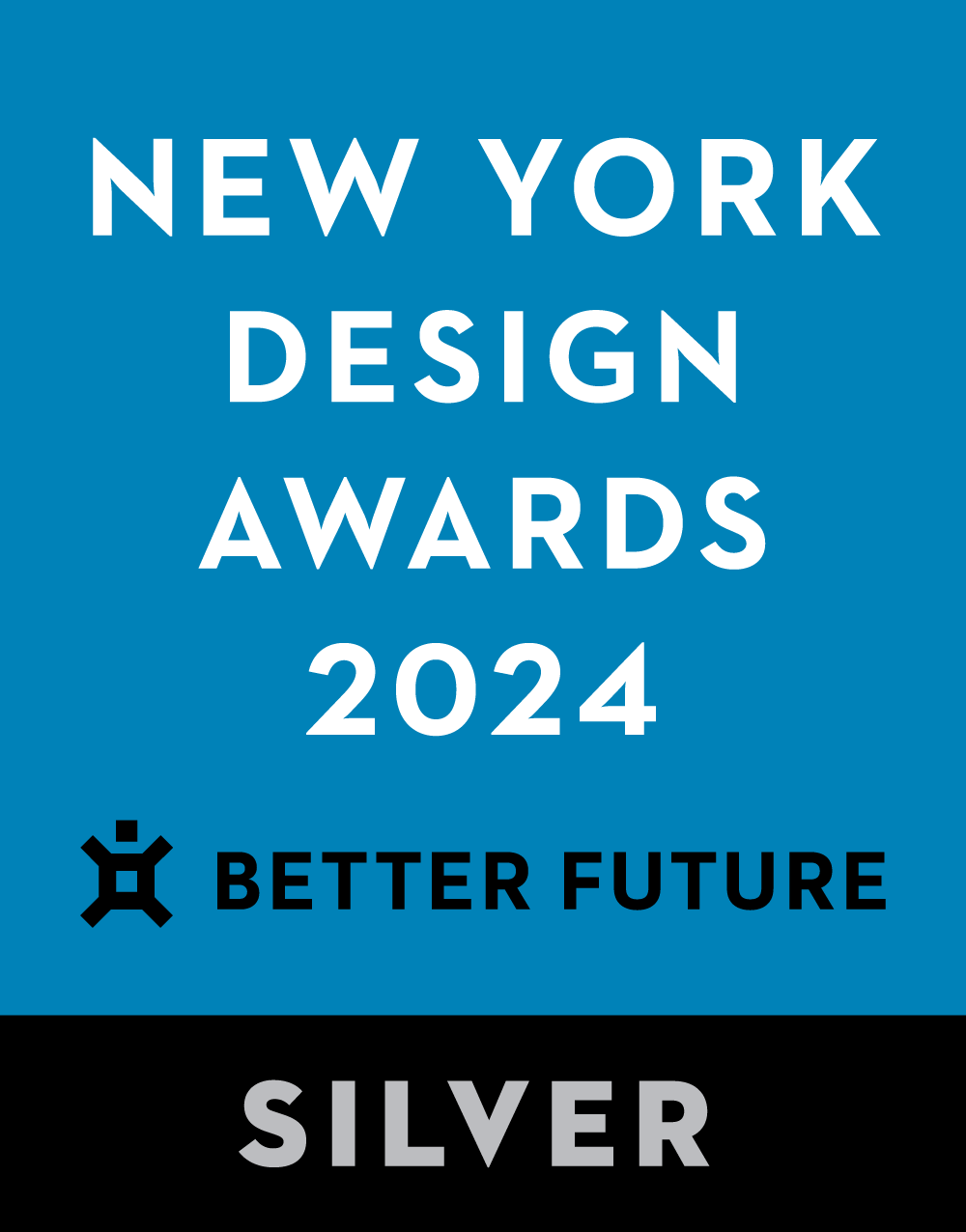










Project Overview
The project is located in Beicai Town, Pudong New Area, Shanghai, China, east of Zhangjiang Science City, surrounded by forests and greenery, and positioned as a demonstration area for Shanghai Forest City. As a leading area for low-carbon communities, it integrates low-carbon, vitality, and future Beicai new living space. The project consists of two plots, with land areas of 28,198 square meters and 16,483 square meters respectively, and a plot ratio of 2.0.
Organisation
International Trade Real Estate Group/China Railway Construction Real Estate Group
Team
Project Leader:Xiangfei Yang,Jing Xu.
Project Manager:Yongqiang Zhu
Architectural Designer:Chao Hu,Jianfeng Xu,Mingliang Zhu.
Interior Designer:Yuan Chen,Rui Yang,Honglin Wang.
Landscape Designer:Huixian Deng,Yubin Cai.
Project Brief
The project focuses on three key points: sustainability, locality, and human-oriented design, responding to the iconic features of integrated development, low-carbon community, and surrounded by forests. The planned area includes high-rise residential buildings ranging from 36 to 50 meters, complemented by community amenities. The eastern side of the project features 10-11 storey residential buildings, gradually transitioning to 14 and 16 stories towards the western skyline, blending harmoniously with the surrounding urban landscape and incorporating green forest views. Various techniques like corner bay windows are utilized to enhance and create landscapes, presenting an integrated green living experience.
Drawing inspiration from classical Shanghai architecture, the project's architectural image carefully integrates decorative elements to create a luxurious atmosphere. The landscape includes eight main theme nodes and multiple gardens along two axes, blending nature with modernity. The interior design revolves around the theme of "Flourishing Flowers," offering 24-hour access to exclusive dual clubs and a fashionable style atrium for an indulgent and relaxing spatial experience.
Project Innovation/Need
1. Sustainable Design: Near Zero Energy, Green-Friendly Residential Areas
The project aims to achieve low-carbon, environmentally friendly, and intelligent construction goals through a series of technical means, including green building, near zero energy consumption, prefabrication, and photovoltaics.
2.Local Culture: Elegant Modern, Contemporary Fashion
Incorporating the cultural characteristics of the project's location, Shanghai, China, the design will blend local culture with modern techniques, creating a new exemplar of elegant and modern residential living.
3. Human-Centered Principles: Comfortable Spaces, Relaxing Experiences
The ultimate goal of residential design is to serve people. As a living space, comfort and practicality are paramount. The project focuses on the comfort and relaxation of building exteriors, layout designs, and landscape interiors, bringing about a new iteration of quality living.
Design Challenge
Green-Friendly Residential Areas, Exquisite Craftsmanship, Naturally Expandable Layouts.
The project explores green residential buildings, applying various eco-friendly and low-carbon concepts. The complex local modern design elements of the building façade increase the difficulty of craftsmanship and detail refinement. Each aspect of proportion, load-bearing, material selection, and assembly techniques is meticulously examined. The base of the building integrates Shanghai Shikumen elements, evoking a spiritual resonance between the early 20th-century Far East's premier city and the new Shanghai of the future. Other parts of the building extensively use metal and other materials, showcasing high-quality craftsmanship. The design also emphasizes variability and expandability, reserving the possibility for future interconnection of indoor spaces. The living room extends to the balcony, allowing natural elements such as light, sound, and wind to connect indoor and outdoor spaces, presenting a lifestyle that feels close to nature.
Sustainability
1. Two-star green building and near zero energy requirements, environmental protection, and energy saving.
2.40% prefabrication rate or 60% assembly rate for individual buildings, reducing the environmental impact of construction.
3. At least 30% of the roof area is equipped with photovoltaics, ensuring green sustainable energy.
4. Application of BIM technology, reducing unnecessary waste of personnel and materials, efficiently managing all phases of project planning, design, construction, and operation, and enhancing energy efficiency.
Architecture Mixed Use - Proposed - International
This award celebrates the design process and product of planning, designing and constructing form, space and ambience that reflect functional, technical, social, and aesthetic considerations. Consideration given for material selection, technology, light and shadow. The project can be a concept, tender or personal project, i.e. proposed space.
More Details

